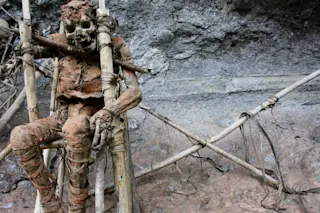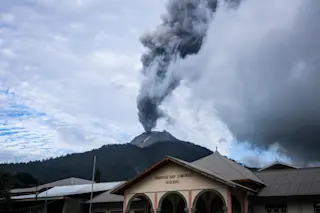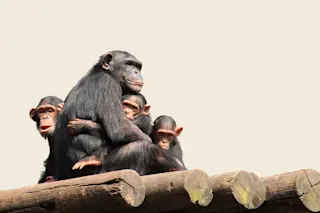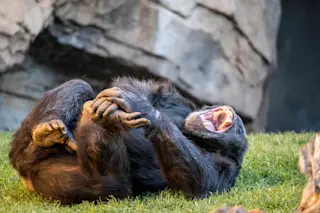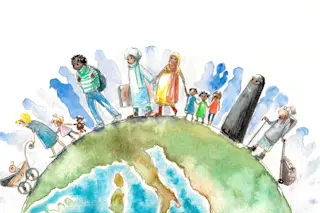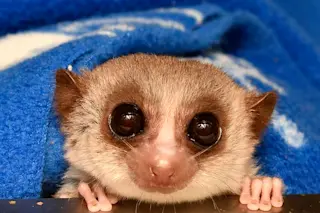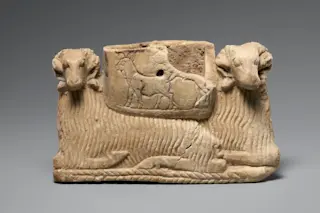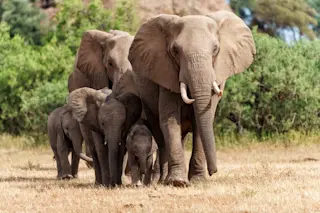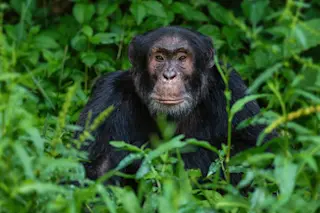By 2008, the condition of a Papuan village leader named Moimango had already been deteriorating for decades as he sat on the side of a cliff roughly 1,000 feet above a valley floor. His position beneath an overhang protected him from rainfall, but wind erosion was still slowly taking its toll.
Moimango had spent quite a lot of time up there since he passed away in the early 1950s. After his death, he was mummified in a traditional process that had been conducted for generations by the Anga people of the highlands of northern central Papua New Guinea. But his son, Gemtasu — a clan leader himself in the village of Koke, located below the cliff — was concerned about losing a visceral connection with his father as his body degraded.
In 2004, biomedical scientist Ronald Beckett was attending the World Congress on Mummy Studies in Torino in Italy when ...



